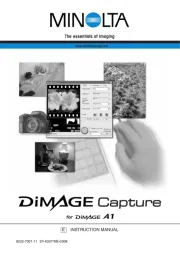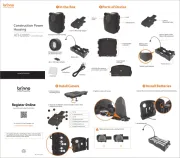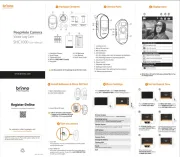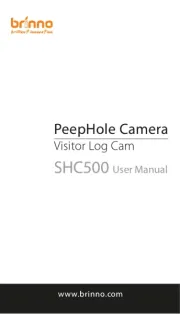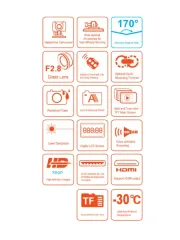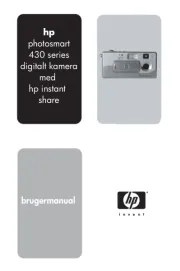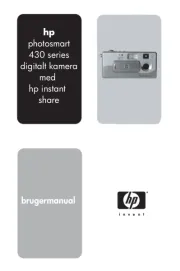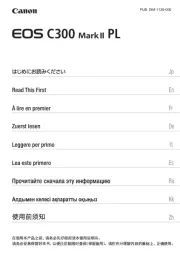Fuji X-E1 Manual
Læs gratis den danske manual til Fuji X-E1 (136 sider) i kategorien Digital kamera. Denne vejledning er vurderet som hjælpsom af 26 personer og har en gennemsnitlig bedømmelse på 5.0 stjerner ud af 13.5 anmeldelser.
Har du et spørgsmål om Fuji X-E1, eller vil du spørge andre brugere om produktet?

Produkt Specifikationer
| Mærke: | Fuji |
| Kategori: | Digital kamera |
| Model: | X-E1 |
Har du brug for hjælp?
Hvis du har brug for hjælp til Fuji X-E1 stil et spørgsmål nedenfor, og andre brugere vil svare dig
Digital kamera Fuji Manualer










Digital kamera Manualer
- Toshiba
- Polaroid
- Ingo
- Fisher-Price
- Powerfix
- Lamax
- Xiaomi
- Apeman
- Epson
- BlackVue
- Easypix
- Panasonic
- Sakar
- Olympus
- GoPro
Nyeste Digital kamera Manualer
